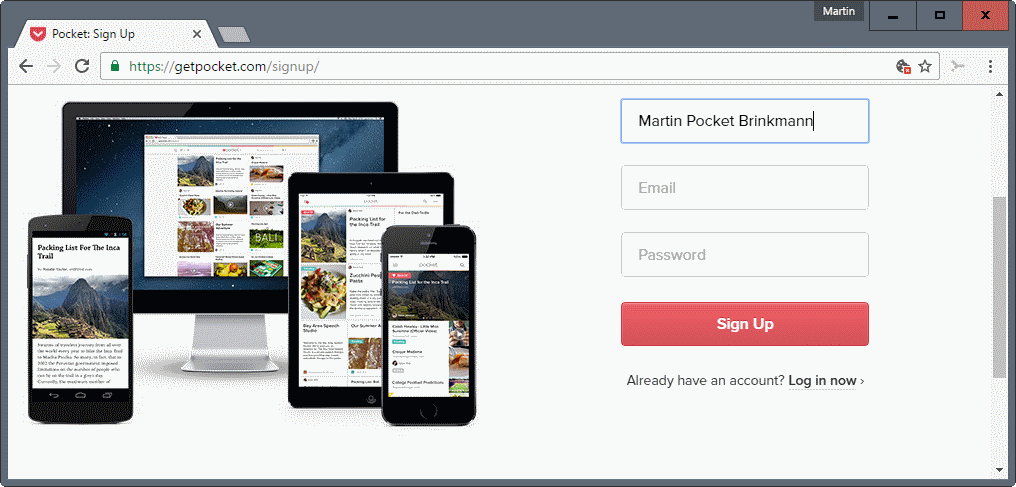Know which site sold your data
Whenever you sign up for a service or site on the Internet, there is a chance that your data will be used by the company operating the service, or sold.
Most companies ask permissions before they add you to their newsletter. Some sneaky ones add you without option to remove yourself during signup in hope that you will forget to cancel the subscription afterwards.
It gets worse when your data is sold. Once in the system, it is there for all time and there is a chance that your email account will receive regular spam emails until it is closed.
While you cannot do much about it, you can at least try your best to understand which company or site sold your data in first place.
Option 1: Different email accounts, or aliases
There are two options for this. The first is to use different email accounts for online accounts. Besides using different accounts, you may also make use of aliases instead. Major email providers such as Outlook or Gmail support aliases.
I'm not a huge fan of the alias system that has you add +whatever to your email username. If my email is [email protected], I could use aliases like [email protected] to identify the site or service that sold my data.
This works only however if the spammers are not processing the email list before sending out spam. It is easy enough to remove any +whatever characters from emails to avoid sending to aliases altogether.
You may also use so called temporary email services, but those only for unimportant accounts.
Option 2: Make use of custom middle names

I read about this method on Reddit the other day and like it a lot (thanks Ilev). Some sites have a middle name field when you sign up. Instead of not filling it out, or filling it out with your real middle name, you could add the sites name, or another unique identifier there.
So, if I sign up for an account on a site, my name would be Martin Sitename Brinkmann. That site, or any other service the data is sold to, would usually use the full name when it addresses you in emails.
Emails would begin with Dear Martin Sitename Brinkmann. Looking at Sitename, you would know immediately where the data originated from.
Caveats: The system has some caveats. First, this may not work for services that require payments or identification. Payments may get rejected if the name does not match, and you may not be able to identify yourself if the name does not match yours.
Second, this won't work if the middle name is not listed as a field during sign up and afterwards, and won't work if the middle name is ignored when emails are sent out.
One workaround for that is to add the middle name to the name field. If you only get first and last name fields, you would add it to the first name field, and if you only get one name field, you would add it there.
There is still a chance that companies will detect this and remove your account. Most won't however as emails are usually processed automatically. ( via Martin Brinkmann)